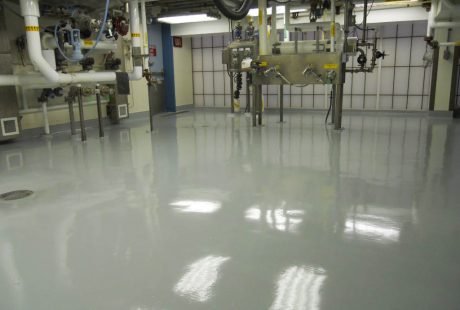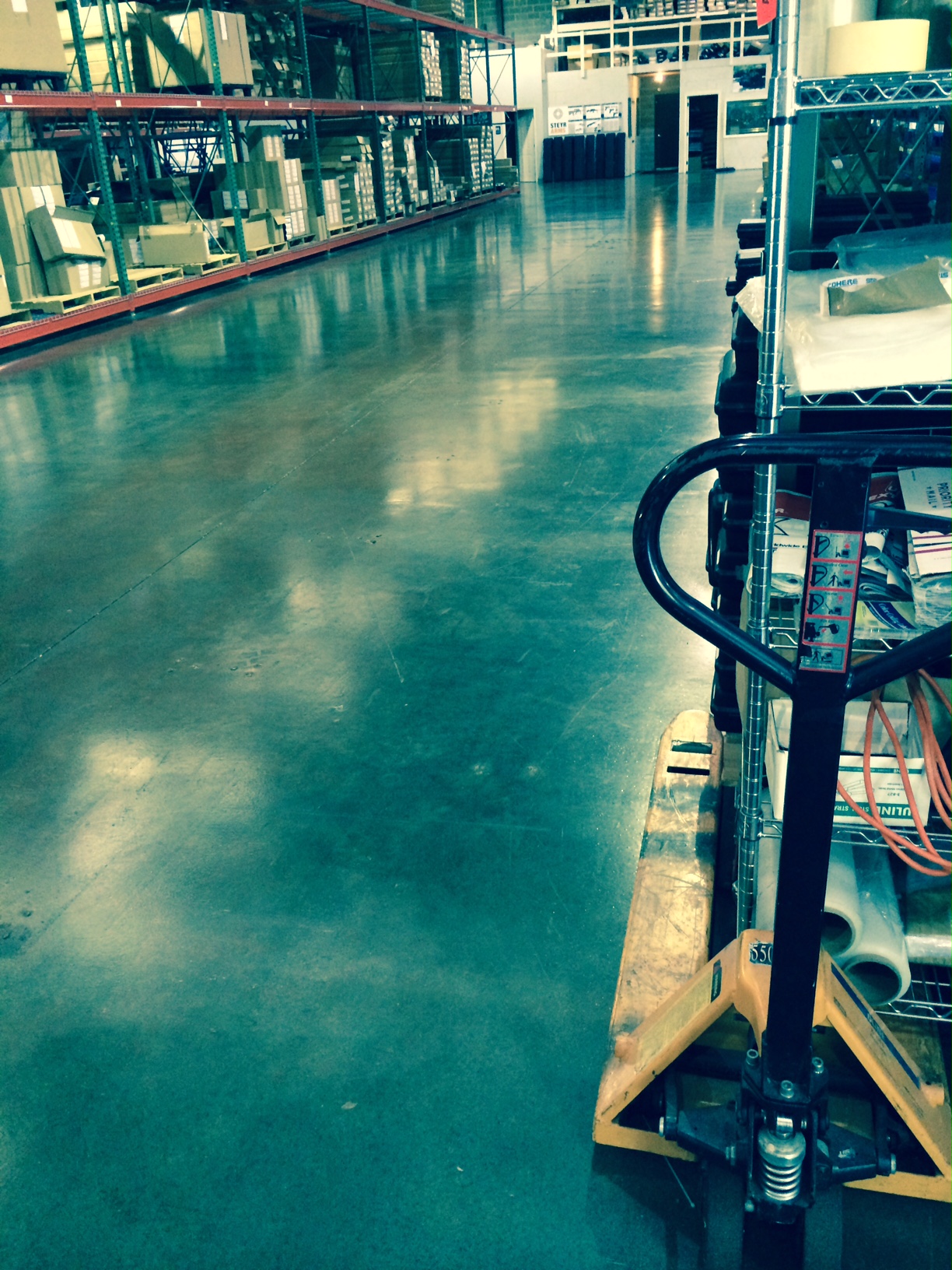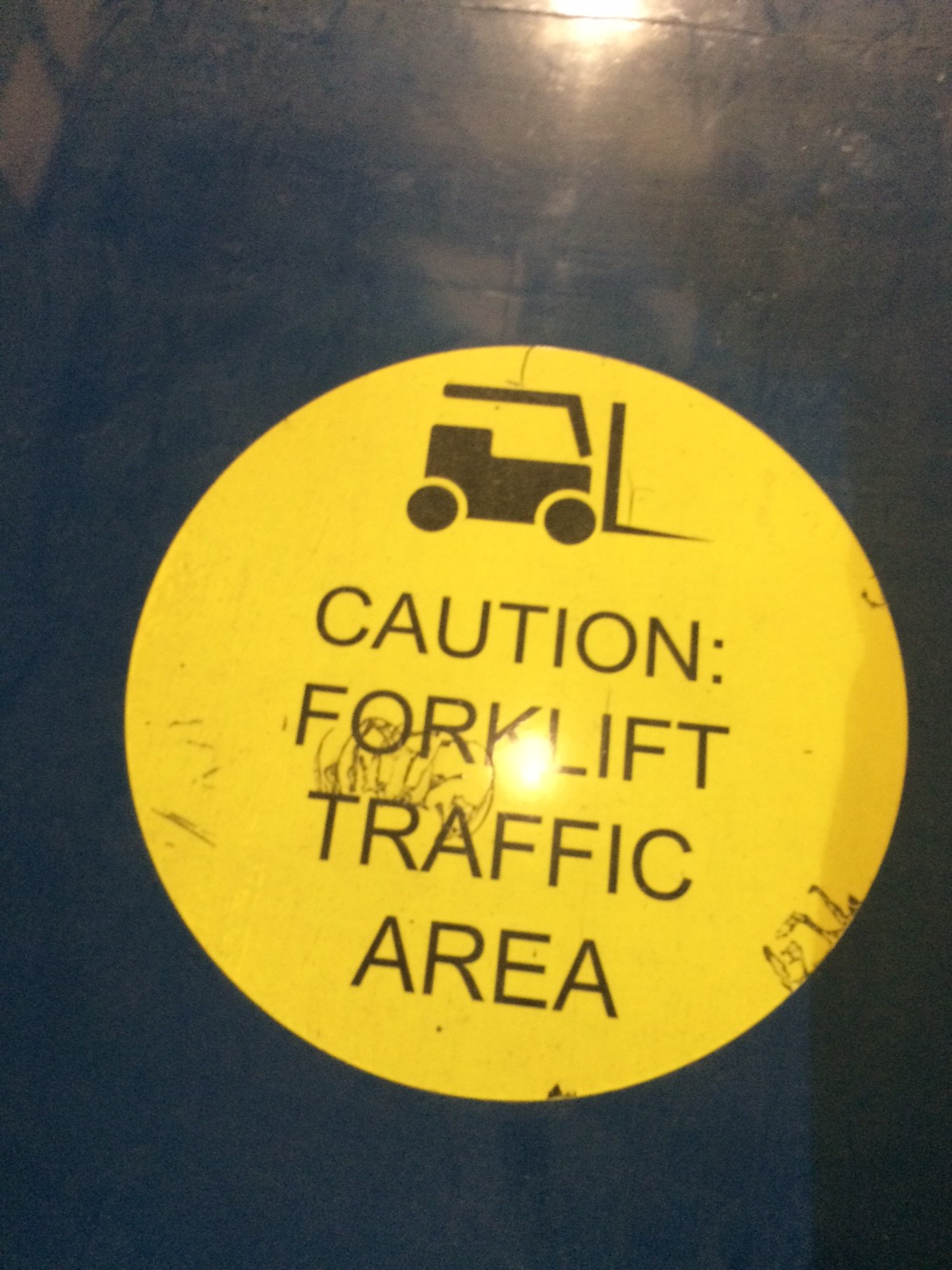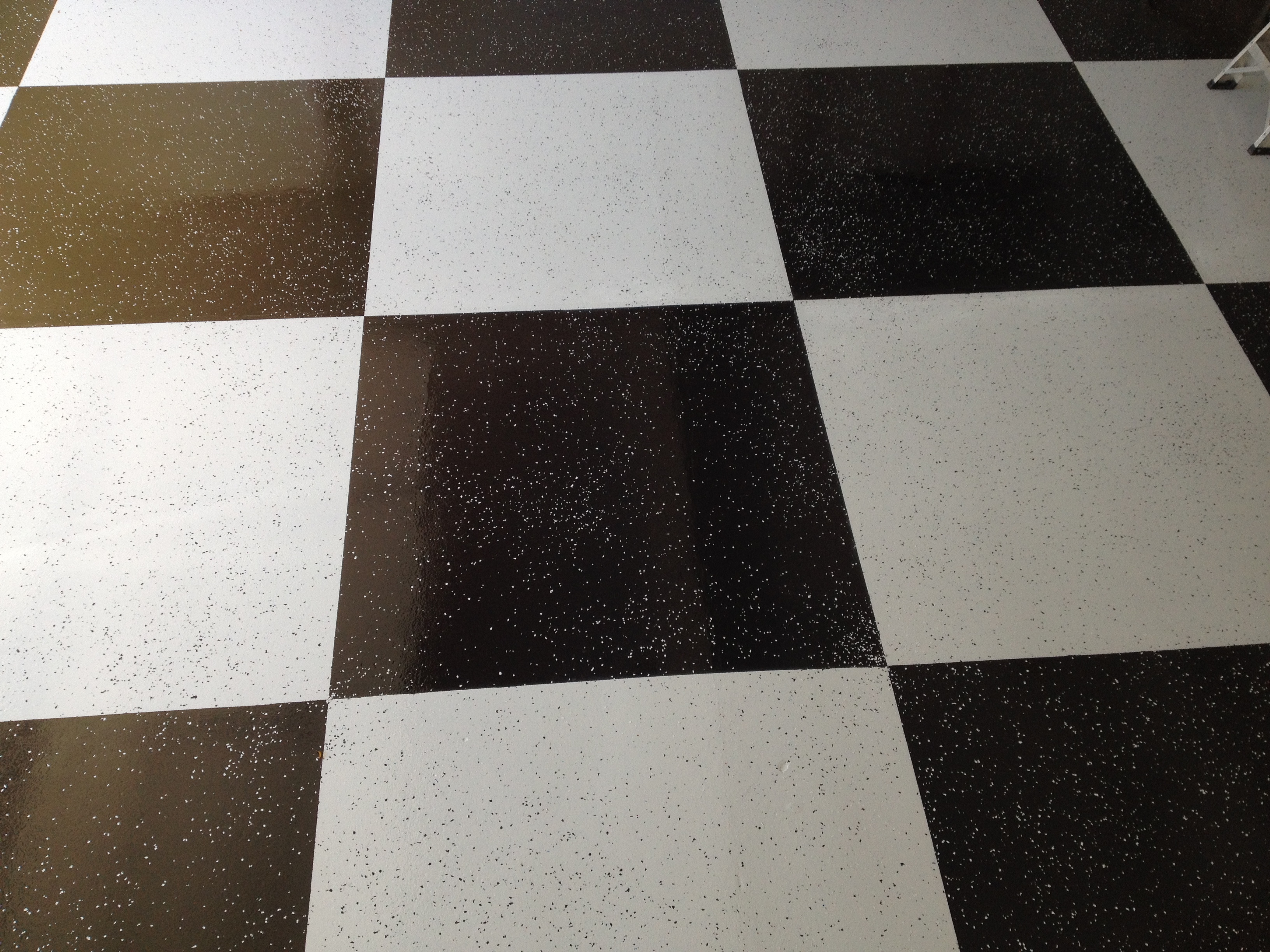By: Ron Bouthillier, Induron Sales Representative
 In an age where most things are driven by price, often the cost is not factored in. Price is the dollar amount that you pay for a product or service. While the cost may include the price, cost includes value, effort, material, incurred risk and the delivery of goods.
In an age where most things are driven by price, often the cost is not factored in. Price is the dollar amount that you pay for a product or service. While the cost may include the price, cost includes value, effort, material, incurred risk and the delivery of goods.
When choosing a floor coating, most people rely on price as the determining factor. In these cases, they look at the price per gallon because most purchasers do not understand volume solids or the specific content of the can. A can of paint is broken into two basic parts: pigment and vehicle. Pigment is what remains after the vehicle has left or evaporated. The amount of vehicle is usually the most cost-effective part in manufacturing a gallon of paint because it is needed for a short-term function—specifically applying the coating. The solids remain, which primarily include the pigment that is part of the paint film.
 Floor paint is usually purchased for about $40/gallon. The average solids for a porch and floor paint would be approximately 35-38% volume solids. An analysis of the applied cost per square foot of a 35% volume solids product based on $40 per gallon applied at 1 mil thickness would be about 7 cents per square foot for the material alone. For comparative purposes, calculating the price of a 100% volume solids floor epoxy at a price of $80 per gallon would cost 5 cents a square foot on 1 mil thickness.
Floor paint is usually purchased for about $40/gallon. The average solids for a porch and floor paint would be approximately 35-38% volume solids. An analysis of the applied cost per square foot of a 35% volume solids product based on $40 per gallon applied at 1 mil thickness would be about 7 cents per square foot for the material alone. For comparative purposes, calculating the price of a 100% volume solids floor epoxy at a price of $80 per gallon would cost 5 cents a square foot on 1 mil thickness.
Interestingly, given that the same thickness of coating that remains on the floor after application, the $80 per gallon product ends up being less expensive because of the volume solids. So, the question is why should I buy the $80 per gallon paint? Is it price alone? Even if it was price alone, it is better value in several ways.
As mentioned, there are several factors to consider in calculation of cost. For example, some public restrooms were recoated using a conventional floor coating on concrete floors. In less than a year, the coating failed with wear through and peeling. The bathrooms were not only highly-trafficked, but campers also brought in sand from a nearby beach, which caused the coating to fail in a short period of time. To fix this problem, the existing remnant of coating had to be blasted off with special equipment, which cost several thousand dollars.
 When selecting a floor coating, chemical environment and cleaning materials, abrasion resistance, longevity, oil spill and battery acid and other factors should be considered. Plus, we should consider the frequency of machinery and vehicles, such as forklifts and cars, going across the floor.
When selecting a floor coating, chemical environment and cleaning materials, abrasion resistance, longevity, oil spill and battery acid and other factors should be considered. Plus, we should consider the frequency of machinery and vehicles, such as forklifts and cars, going across the floor.
Now that we have briefly compared price and cost, choice and selection must also be considered. When making these decisions, case history and proven track record are often the determining factors. In the case of the bathroom floors mentioned above, Induron’s Perma-Tuff SL was selected. The coating needed to dry quickly and provide maintenance-free, long-lasting protection. With the ability to be applied in one coat at approximately 20 mils and be ready to walk on in less than 24 hours, Perma-Tuff SL fulfilled those needs. Selecting a high-volume solid floor coating was a great choice. Plus, with zero haps and very low V.O.C’s, it was a safe choice.
After one year of service, this floor remains fully intact. In fact, with a good cleaning, it would look almost new! This floor has required minimal maintenance and can easily withstand the cleaning chemicals. Further, this floor is aesthetically pleasing and can handle the abrasion from sand and foot traffic.
 So, what is the price and cost of a coating that serves the purpose for which it is selected? When true costs are calculated, including the volume solids in the can, price per gallon is not the sole factor. Applied cost per square foot and longevity should be the driving factors.
So, what is the price and cost of a coating that serves the purpose for which it is selected? When true costs are calculated, including the volume solids in the can, price per gallon is not the sole factor. Applied cost per square foot and longevity should be the driving factors.
Standard thin-film floor coatings would take many coats to achieve what can be done with a high solids coating, such as Perma-Tuff SL, which achieved 20 mils in one coat. Plus, standard floor coatings do not have the chemical or abrasive resistance that Induron’s Perma-Tuff SL offers, with a track record to prove it.




